Third Reading Consulting Group, NASL member firm, shares the latest weekly update below:
The Commission on Government Forecasting and Accountability (COGFA) provided an update on the performance of the five state pension systems in FY 2023. As of June 30, all five state retirement systems had actuarial (five-year smoothed) assets of $115.38B and unfunded liabilities of $141.38B for a combined funded ratio of 44.9%. The Teachers’ Retirement System (TRS) had assets of $66.50B and unfunded liabilities of $81.90B for a funded ratio of 44.8%. TRS is by far the largest of the state retirement systems, representing 57.6% of total assets and 57.8% of total liabilities. The State Employees’ Retirement System (SERS) had assets of $24.07B and unfunded liabilities of $29.84B for a funded ratio of 44.7%. The State Universities Retirement System (SURS) had assets of $23.36B and unfunded liabilities of $27.69B for a funded ratio of 45.8%. The much smaller Judges Retirement System (JRS) had assets of $1.36B and unfunded liabilities of $1.68B for a funded ratio of 44.6%. The General Assembly Retirement System (GARS), the smallest state pension, had assets of $85.8M and unfunded liabilities of $279.9M for a funded ratio of 23.5%.
FY 2023 total market unfunded liabilities of $142.3B remain slightly below their FY 2020 peak of $144.2B. The combined funded ratio is 5.6% above its FY 2020 low point of 39.0%. FY 2021, with unfunded liabilities of $129.9B and a funded ratio of 46.0%, is an outlier year benefiting from historic investment returns as the U.S. economy recovered from the COVID-19 pandemic.
Actuarial unfunded liabilities are up approximately 1.7% (or $2.368B) over FY 2023. Larger than expected salary increases in FY 2023 were the largest contributor to unfunded liability growth, adding approximately $1.074B. Other factors that increased unfunded liabilities in FY 2023 were demographic and other changes adding $767M, state contributions below the actuarially determined contribution adding $412M, and worse than assumed investment returns adding $161M. The State of Illinois remains statutorily obligated to meet its long-standing goal of 90% pension funding in FY 2045. Although the annual state contributions are not currently high enough to decrease unfunded liability, they are on track to meet the FY 2045 funding goal. Early pension buyouts decreased unfunded liabilities by $46M, which is positive, but nowhere near enough to make up for increased unfunded liabilities from other factors.
Of the five pension systems, only TRS met its assumed rate of return on both a market and actuarial basis. TRS, with a 7.0% assumed rate of return, returned 7.0% based on market value and 7.09% based on five-year asset smoothing (actuarial value). SERS, with a 6.75% assumed rate of return, returned 6.3% based on market value and 6.09% based on actuarial value. SURS, with a 6.5% assumed rate of return, returned 5.3% based on market value and 6.61% based on actuarial value. JRS, with a 6.5% assumed rate of return, returned 6.3% on market value and 6.1% based on actuarial value. GARS, with a 6.5% assumed rate of return, returned 6.2% based on market value and 5.67% based on actuarial value.
These rates of return, both market and actuarial, reflect an inconsistent economy in FY 2023 and over the last five years. The national economy experienced highs and lows over the last five years, with the most significant low being the onset of the COVID-19 pandemic and the most significant high being the rally as the economy recovered from the pandemic. The national economy peaked around the end of 2021 and corrected itself until around the end of 2022. FY 2023 similarly experienced highs and lows but on a smaller scale, which is why the actuarial and market rates of return appear very similar despite the actuarial rate covering the last five year and the market rate only covering FY 2023. So far in FY 2024, the economy has been very strong. If this trend continues in the second half of the fiscal year, investment returns on Illinois’ pension funds will likely exceed their assumed rates of return in FY 2024.
To remain on track for the 90% funding goal in FY 2045, the state’s projected contribution in FY 2024 is $10.94B. Divided into the five funds, the state will contribute $6.04B to TRS, $2.59B to SERS, $2.13B to SURS, $147.84M to JRS, and $26.47M to GARS. Although this is dependent on various factors throughout FY 2024, the projected FY 2025 contribution is $11.27B, an increase of 2.96% (or $324.20M) over the FY 2024 projection.
Important Upcoming Dates – Statewide
January 16 – 2024 General Assembly Session Begins
January 19 – House and Senate LRB Request Deadline
February 9 – House and Senate Bill Introduction Deadline
February 21 – Governor’s Budget and State of the State Address
March 15 – Senate Committee Deadline
March 19 – 2024 Primary Election
April 5 – House Committee Deadline
April 12 – Senate Third Reading Deadline
April 19 – House Third Reading Deadline
May 3 – Opposite Chamber Committee Deadline
May 17 – Opposite Chamber Third Reading Deadline
May 24 – Adjournment
May 25-31 – Contingent Session Days for Budget
November 5 – 2024 General Election

